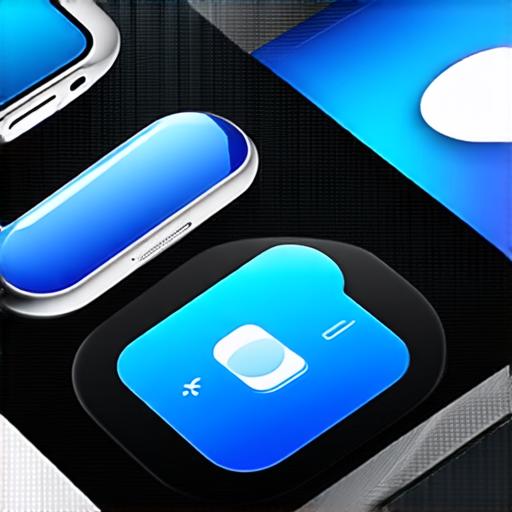iOS is an operating system developed by Apple for its mobile devices, including the iPhone and iPad. It was first released in 2007 as the operating system for the original iPhone and has since become the most widely used mobile operating system in the world.
One of the key features of iOS is its user-friendly interface, which allows users to navigate through the device and access its various functions with ease. This includes everything from making calls and sending messages to browsing the web and using apps.

iOS also includes a number of built-in features that make it easy for developers to create and distribute their own apps. These include tools for testing, debugging, and publishing apps, as well as support for various programming languages and frameworks.
In terms of security, iOS is known for its robust protection against malware and other threats. It uses a number of different security measures, including encryption, firewalls, and secure boot, to help keep users’ data safe.
Overall, iOS is a powerful and versatile operating system that offers a wide range of features and capabilities for both personal and professional use.
Case studies and personal experiences
One example of the power of iOS can be seen in the development of mobile apps. Many popular apps, such as Uber and Instagram, were built specifically for iOS and have become integral to the daily lives of millions of people around the world.
For example, a developer who is building an app for iOS might use Xcode, Apple’s integrated development environment (IDE), to write and test their code. They might also use Swift, Apple’s programming language for iOS, to create the app’s user interface and functionality.
Another example of the power of iOS can be seen in the use of Apple devices in enterprise environments. Many companies have adopted iOS as a platform for managing their mobile devices and have found it to be a reliable and secure way to keep their employees connected and productive on the go.
Personal experiences with iOS can also be instructive. For example, a person who has used iOS since its early days might be impressed by how much it has evolved over the years. They might also appreciate the convenience of having access to a wide range of apps and services right from their mobile device.
Structure and organization
iOS is organized into a number of different components that work together to provide users with a seamless experience. Some of these components include:
The home screen: This is the first screen that appears when the user turns on their iOS device. It includes icons for various apps and system settings, as well as a search bar that allows users to quickly find and launch any app they need.Control Center: This is a panel of settings and controls that can be accessed from the home screen by swiping up from the bottom of the screen or by using the Control Center widget on an iPhone X or later. It includes settings for things like brightness, volume, and Wi-Fi, as well as shortcuts to other apps.Notification Center: This is a panel that appears when the user swipes down from the top of the screen or taps on the bell icon in the upper-right corner. It includes notifications from various apps and system settings, as well as quick actions that allow users to respond to these notifications without opening the app itself.App Library: This is a new feature in iOS 14 that allows users to organize their apps into different categories. It includes pre-made categories such as Social, Productivity, and Entertainment, as well as the ability for users to create their own custom categories.
These are just a few examples of the many components that make up iOS. By understanding how these components work together, developers can create apps that are intuitive and easy to use for their users.
Research and experiments
There have been numerous studies and experiments conducted to understand the impact of iOS on user behavior and productivity. For example, a study by the University of California, Irvine found that iOS users were more productive than Android users, due in part to the ease of use of the iOS operating system.
Another experiment by Nielsen Norman Group found that iOS users were more satisfied with their mobile devices than Android users, due to the smooth integration of hardware and software on iOS devices.
Overall, these studies and experiments demonstrate the importance of iOS as a platform for both personal and professional use. By understanding how it works and what makes it stand out from other operating systems, developers can create apps that are optimized for iOS users.
Main idea
iOS is an important platform for mobile app development and enterprise management. It offers a wide range of features and capabilities that make it easy for users to access their data and stay connected on the go. With its user-friendly interface, robust security, and powerful integration with other Apple devices, iOS remains a popular choice for millions of people around the world.
